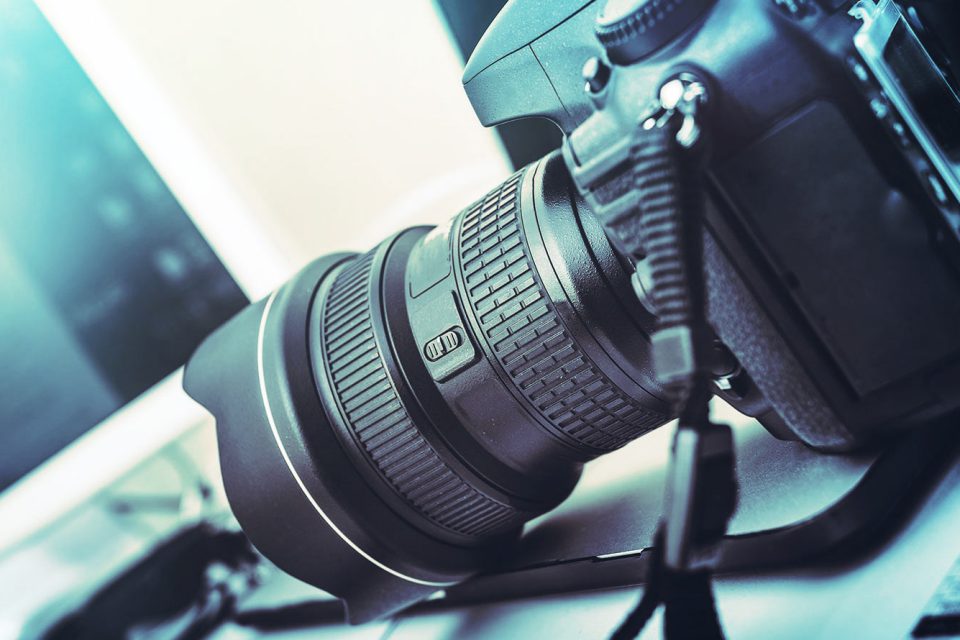
Think Your Web Content is Optimized for Search Engine Optimization? What About Your Images?
- posted on August 17, 2015
Search engine optimization (SEO) includes processes that make your website easily found by search engines. These processes include identifying and using keywords in website content in a way that can be continually updated. The internet and is constantly evolving, so optimization techniques must adapt along with them.
When designing your website, it is important to keep in mind not only the words, but also the images you use. Did you know that, like textual content, images can also be optimized? That’s right. Think about images you’ve used while considering the following.
File size – Yes, this makes an impact on optimization. Bigger files equal longer load times. Longer load times, in addition to annoying and/or losing readers, will drop your Google search ranking. There are a few available programs to change file size without losing image quality like Image Optimizer at your disposal, so there’s no excuse.
File name – This shows up when images are searched, so you want to be sure that it’s relevant to the image. This is a good way to use keywords related to the image.
Alt text – This is a way of tagging photos so that search bots can find them, since these bots don’t have the ability to recognize images without being told what they are. Obviously, alt text is pretty important for image optimization.
Context – Search engines do read and index captions so they are a good way to add descriptive keywords to your website. Perhaps more importantly, they are also one of the most frequently read parts of a post.
So, what do you think? Could your website’s images use some optimization? Remember, humans are visual creatures; our brains process images 60,000 times faster than text. The images you use have a high impact on your readers and ultimately your business.
If you are looking to optimize your website, textually or visually, contact us today!